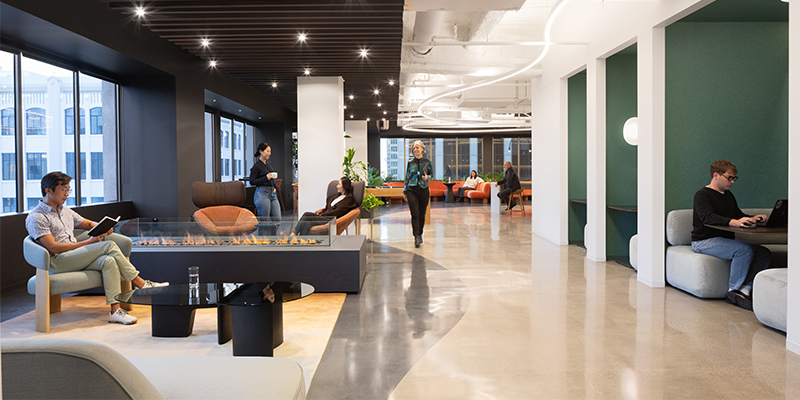If an average person’s work hours were aggregated at the end of their career, it would total approximately 13 continuous years. Work consumes so much time and energy that if it doesn’t go well, it can become a psychological drain that impacts employee productivity and engagement. Numerous studies have shown that mental well-being at work is on the decline.
Has remote work hurt employees and is it time to return to the workplace to boost social connections, receive in-person mentoring and reduce isolation? The answer may be yes, but there is also a need for employers to create supportive and well-managed workplaces.
Gallup’s annual State of the Global Workplace report found that just over half of employees in North America are not engaged (51%), meaning they are uninspired by their work and do the bare minimum, and 16% are actively disengaged and seeking a new employer. According to the survey, employee disengagement accounts for $8.9 trillion in lost productivity worldwide.
Gallup found that younger and fully remote workers are the least engaged. Employee well-being for those 35 years old and over increased slightly from last year. However, the percentage of younger employees who say they are thriving at work decreased five percentage points in one year after seven years of steady increases. Some of the reasons behind disengagement include lack of connection, not knowing what is expected of them, not having the resources to do their jobs, and a lack of work/life balance. Commonly reported negative on-the-job emotions include stress, anger, sadness and loneliness. Fully remote workers in North America reported slightly higher feelings of loneliness than those in other world regions.
The survey revealed that employees consistently desire flexibility, empathy and support in what they do. In addition, Gallup found that social connections made at work are a reason employees stay with a company – workers can be reluctant to leave their jobs as it would mean also leaving their friends. These findings were echoed in the recently released NAIOP Research Foundation report, “Recruiting, Training and Retaining Talent in the Real Estate Development Industry.”
Overall, the survey indicates a critical need for organizations to rethink their management strategies and workplace practices to foster better employee engagement and well-being. Gallup found that “best practice” organizations used the following strategies:
- Putting a high priority on manager hiring and development. Specifically, “The best organizations hire managers with a talent for engaging their teams, and they train their managers into effective coaches who consistently deliver meaningful individual feedback that inspires better future performance.”
- Integrating engagement into every stage of their employee and manager life cycle. They make “engagement a business strategy that informs how they hire, onboard, coach and develop talent.”
- Emphasizing well-being at work and in life. They promote employee well-being and some employers “go beyond physical health to include financial literacy and planning support, as well as events like webinars on mental health and encouraging community volunteerism.”
Return-to-work mandates are becoming increasingly common. According to a survey by Resume Builder, most companies plan to implement return-to-work policies by the end of this year. Only 2% of the companies surveyed reported that they will not require their employees to report to work in person.
The benefits of these trends are twofold for the commercial real estate industry: not only will office investors and owners benefit from return-to-office policies, but also from implementing increasingly expected best practices that can enhance their employee engagement and retention.








